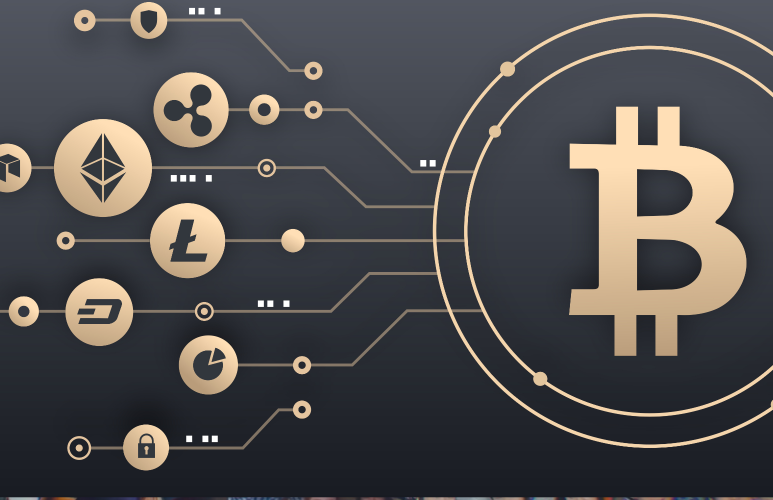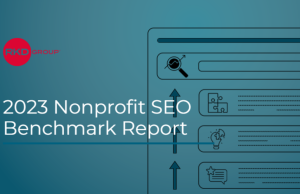Cryptocurrency is making headlines, with the “value” of a Bitcoin knocking on the door of $70,000. And one international banking and capital markets expert is flashing warning signs.
Sankar Krishnan, executive vice president of Capgemini, urges nonprofit financial managers to not exceed between 2% and 5% of assets. You should accept digital currencies but convert them to a currency regulated by a monetary authority, such as the U.S. Federal Reserve.
It’s the wild, wild west for digital currencies with few sheriffs to help recover the assets if, all of the sudden, value drops or the currency disappears altogether. It’s all about having digital liquidity, Krishnan explained. International charities probably will see the most impact, at least for the next few years.
There is a battle going on between payment processing services, some charging nonprofits fractions of pennies per dollar donated. And several of the apps allow for consumers to “round up” purchases with the money going to a designated charity. That can mean big money for charitable causes. The key is to ensure that the firm is stable and will transfer the cash.
Consumers and donors have a lot of choices when it comes to digital wallets. According to data in Capgemini’s “World Payments Report 2021,” after eight years of double-digit growth in global non-cash transactions, the rate slowed to 8% during 2020. While government pumped $15 trillion in stimulus into the world economy, much of it failed to spur the economy and instead went to savings and paying down debt, according to data in the study.
As use of alternative payments is skyrocketing, banks must urgently embrace the next generation of payments to stay in the race. Projections in the report estimate that by 2025, instant payments and e-money payments will account for more than 25% of global non-cash transactions, up from 14.5% in 2020.
The data showed that with spending rebounding, non-cash transactions will rise, with instant payments, e-money, and next-gen payment methods − Buy Now Pay Later (BNPL), invisible, biometric, and cryptocurrency − driving the non-cash transaction growth.
As digital adoption continues to accelerate, increased volumes and instant processing requirements are stretching legacy payments infrastructure, according to the report’s authors. About 55% of the surveyed executives said their technology investment priorities were payments infrastructure modernization (real-time payment system implementation, API integration, ISO 20022 migration, cloud transformation). Providers need to prioritize digital capabilities to remain competitive.
With spending predicted to increase and non-traditional payment methods poised for growth, future-proofing firms will embrace the elements of Payments 4.X, including data, shared infrastructure, platform capabilities and embedded finance to deliver superior customer experience, according to the authors.
The World Payments Report 2021 offers insights across 44 payments markets within various geographical regions. For worldwide macro descriptive graphs, five regions were defined: Europe, North America, Asia-Pacific, Latin America, and MEA, grouped by geographic, economic, and non-cash payment market maturity criteria. The report draws on research insights from a voice of customer survey which queried 6,300 customers worldwide and interviews and surveys of more than 210 payments executives.












